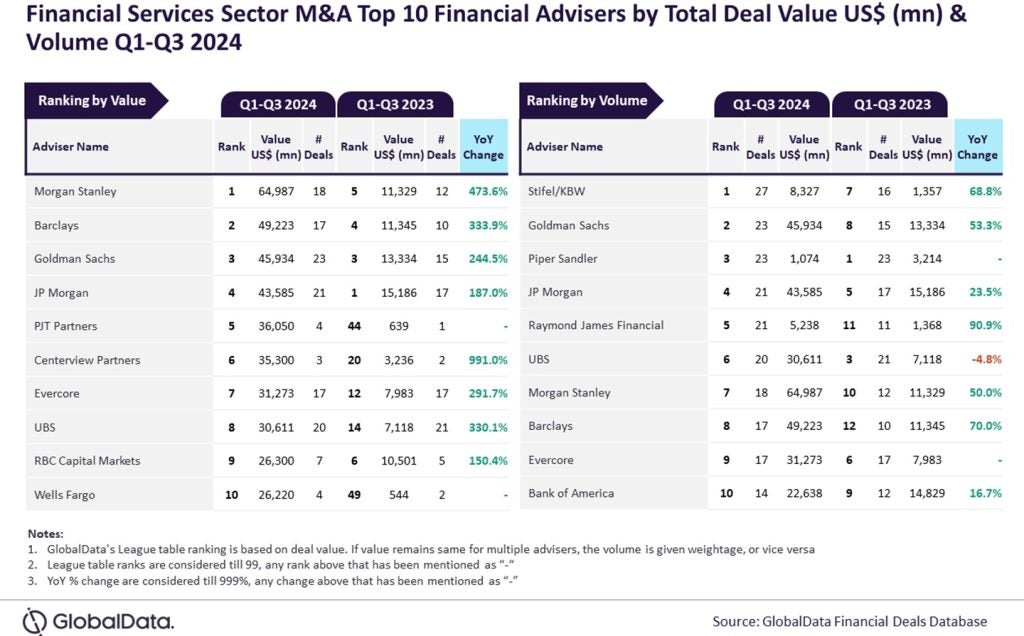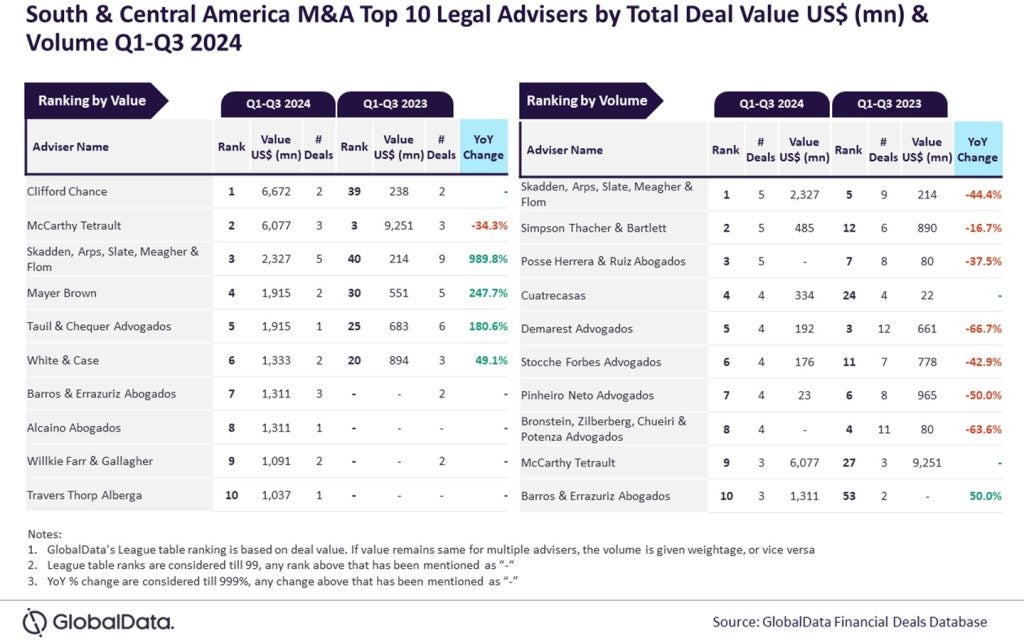A new reality is taking shape in retail banking, giving banks further challenges. Mohamed Dabo delves into the data from the Boston Consulting Group (BCG)
To help financially stressed customers weather the crisis, banks offered them loan deferrals or moratoriums – and they did it all in the span of a few weeks.
That was then. Now, as the new reality starts to take shape, banks face further challenges. The pandemic shock has accelerated changes already underway and sparked new ones. Institutions’ revenues are under pressure, and global banking revenue pools have already taken a significant beating.
Under the most optimistic scenario, those pools are not expected to return to precrisis levels until 2022. Customers are moving to digital channels faster than they have in the past.
Online banking use has risen by 23%, and mobile banking use is up by 30%. These changes are likely to be permanent, accelerating the migration to digital channels by three to four years over precrisis trends.
How well do you really know your competitors?
Access the most comprehensive Company Profiles on the market, powered by GlobalData. Save hours of research. Gain competitive edge.

Thank you!
Your download email will arrive shortly
Not ready to buy yet? Download a free sample
We are confident about the unique quality of our Company Profiles. However, we want you to make the most beneficial decision for your business, so we offer a free sample that you can download by submitting the below form
By GlobalDataAs customers move online, banks’ position at the intersection of the customer and financial services is coming under attack.
A stacked industry landscape, with different types of players competing at each level, is taking shape. Non-bank insurgents are making strong inroads in distribution, threatening to commoditise many banking products.
Retail banks need to rethink and realign costs
As a result, customers’ digital experience has improved, and they are enjoying new options and features, but banks’ fixed costs, which are largely tied to terrestrial assets, remain in place.
Without addressing costs, banks will struggle to monetise their current investments.
Under this scenario, GDP reverts quickly in a V-shaped recovery, returning to 2019 levels in 2021. Employment recovers to pre-Covid-19 levels. Global trade picks up and overcompensates for short-term output losses, while consumer confidence returns to precrisis levels.
Large-scale loan losses do not materialise, thanks to government support and the recovering macroeconomic environment. Banks can make up their revenue losses by 2022. From a product standpoint, revenues from consumer finance loans and other lending will take the largest hit.
In addition, an increase in contactless mobile payments may lead to a long-term shift away from credit card usage – a change that could be exacerbated by a shift from credit to debit cards as consumers grow more cautious and banks limit credit lines.
The pandemic is incentivising customers’ shift away from traditional branches to digital channels.
According to BCG’s most recent retail banking survey, an average of 13% of respondents in 16 major markets used online banking for the first time during the pandemic (12% for mobile) – and in some markets, the percentage is substantially higher.
Cashless payments are also receiving a major boost during the crisis. More than 20% of respondents said they have increased their use of digital payment solutions, such as those provided by internet banking and third-party apps, and more than 10% said the same about credit and debit cards.
More important, the shift to digital channels is likely to be permanent. On the basis of our survey, BCG expects an additional net increase of 19% in mobile banking and an additional net reduction of 26% in branch usage after the pandemic.
Less digitally adept banks may soon find that both new and more-experienced users choose online banking over visiting branches. The danger is that digitally aware customers will defect to more digitally advanced incumbent competitors or nimble and innovative challengers.
The bank of the future cannot operate with the cost structure of the present and remain competitive
Specifically, the top banks open 69% more accounts per branch full-time equivalent, and conduct 80% fewer branch transactions per customer compared with the typical bank.
The best banks run more efficient contact centres, with representatives handling, on average, 10% more inbound calls than those at the typical bank. The top banks also handle 65% of calls without a human involved, compared with 45% for the typical bank.
But even the best banks focus their digitisation efforts on certain aspects of the business and do not excel across the board. They are only at the early stages of applying advanced technologies, such as AI, to their business and the entire value chain.
A theoretical bank of the future that is modelled on the most efficient functions of today’s most efficient banks – the top 25% of BCG’s sample by function – could operate with costs that are 69% lower than those of today’s typical bank.
In practice, of course, no single bank will be this efficient across the organisation.
But banks that are not planning now for a major step change in their cost structure will find themselves at an unsustainable competitive disadvantage – perhaps sooner than they think.







